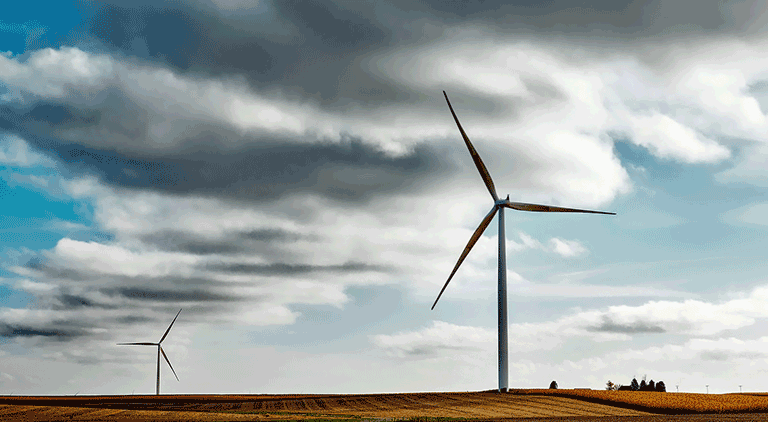Wind energy capacity addition to be subdued in FY2020: ICRA
By EPR Magazine Editorial April 23, 2020 3:00 pm IST
By EPR Magazine Editorial April 23, 2020 3:00 pm IST

The wind power sector is facing significant challenges because of the delays in making payments by the state distribution utilities and the execution delays being faced by the projects bid out by the central nodal agencies and state distribution utilities. This apart, the tariff uncertainty for the wind power projects in Andhra Pradesh has affected the investor sentiments in the sector. This is also reflected in the slowdown in the tendering activity of wind power projects by 67 percent to 2.3 GW in CY2019 from 6.9 GW in CY2018. Moreover, many of the bids called by central nodal agencies remained undersubscribed. While the capacity addition is likely to improve on a fiscal year basis to about 2.5 GW in FY2020 from 1.6 GW in FY2019 on the back of large project backlog, achieving the 60 GW target set by the Government of India by December 2022 remains a challenge. In this context, ICRA has recently revised the outlook for the wind energy sector from stable to negative.
Throwing more light, Girishkumar Kadam, Sector Head & Vice President – Corporate Ratings, ICRA, says, “Against the 5 GW to be commissioned as of December 2019, as per the timelines provided under the bids awarded by the SECI, NTPC and state utilities, only about 2 GW is estimated to have been commissioned. Thus, the actual execution on ground has been hampered by delays in completion of land acquisition, securing transmission connectivity for interstate projects, financing challenges due to concerns over bid tariff viability, and delays in approval for tariff adoption from the regulators.” Further, the bid tariff discovered in the recent wind power auctions continues to remain at less than `3 per unit and highly competitive against the conventional energy sources. The viability of these projects remains dependent upon the ability of the developers to identify locations and using wind turbine generator (WTG) machines having the potential to generate power at annual PLF of 35 percent or higher.
Commenting on the PLF trend of the new turbines of MW class with hub height greater than 100 metres, Vikram V, Associate Head & Assistant Vice President – Corporate Ratings, ICRA says, “Our study of a sample set of projects commissioned over the past one to two years indicates that there are projects which have been able to achieve annual PLF in the range of 33– 38 percent, thus providing a comfort on PLF assumption which is critical for the viability of projects bid at tariffs lower than `3 per unit. Such projects typically have higher hub height and rotor diametre of more than 100 metres and are concentrated at windy locations in the states of Gujarat and Tamil Nadu. However, the sustainability of such performance over the long tenure also remains critical.”We use cookies to personalize your experience. By continuing to visit this website you agree to our Terms & Conditions, Privacy Policy and Cookie Policy.